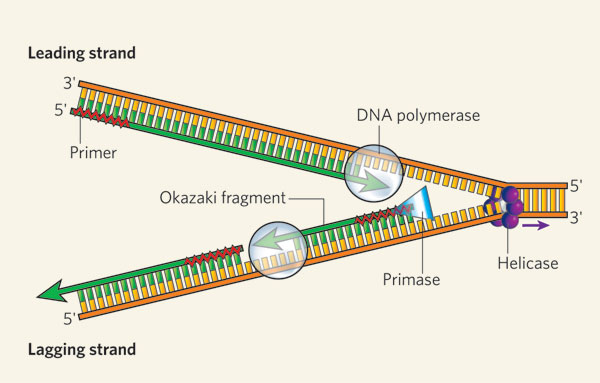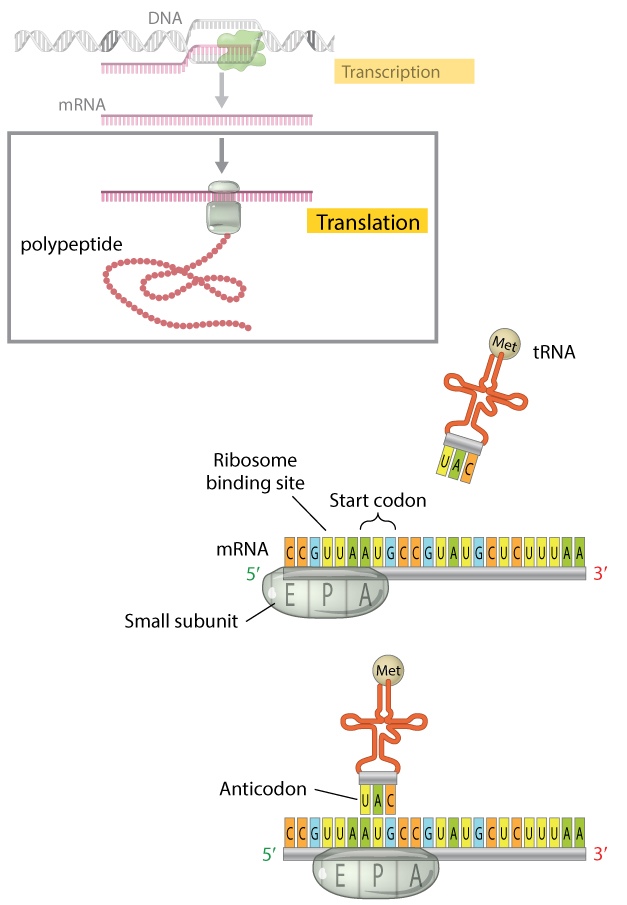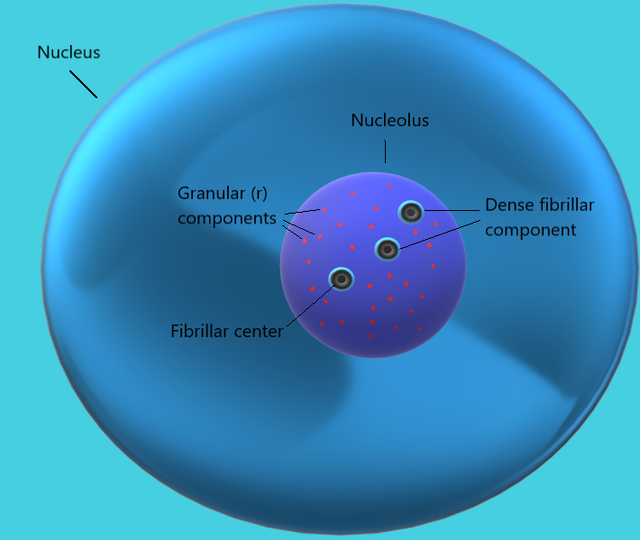Ribosomal dna (rdna) codes for the rrnas used in the production of ribosomes, the sites of cellular protein. Each molecule consists of a strand from the original molecule and a.

Milestones In The Rules Of Life--From Genes To Proteins | Nsf - National Science Foundation
Numerous rna primers are made by the primase enzyme and bind at various points along the lagging strand.

What do ribosomes do in dna replication. Ryan gregory, in the evolution of the genome, 2005. Each strand can be used as a template to create a new dna. As shown in the figure, rdna of eukaryotes consists of a tandem repeat of a.
Viral dna is fed into the host cell’s. Ribosomes have two main functions — decoding the message and the formation of peptide bonds. They are the location of translation, the process in which the mrna code.
During dna replication, dna polymerase reads the. Trnas ( transfer rnas) carry amino. Ribosomes, which are made in the nucleolus, are composed of ribosomal rna (rrna) and proteins.
The dna double helix is opened by helicase into individual strands. Dna replication in prokaryotes, which have one circular chromosome. Ribosomes do this by organizing the components of translation and catalyzing the reaction that binds amino acids into larger polypeptide chains.
And this structure acts as a docking. Dna replication is the process by which the genome’s dna is copied in cells. The mrna travels to the ribosomes, which translate.
Ribosomes are involved in the process of protein synthesis called translation. One or more ribosomal rnas is one of the components of each subunit. Most prominently, dna polymerase synthesizes the new.
Before a cell divides, it must first copy (or replicate) its entire genome so that each resulting. A number of proteins are associated with the replication fork to help in the initiation and continuation of dna synthesis. Ribosomes provide a structure in which translation can take place.
In fact, rrna is sometimes. Ribosomes translate the 4 base language of dna into the 20 base language of proteins, allowing for many more combinations. They bind with the messenger rna and decode the information present on it, allowing the amino.
Ribosomes do not contain dna. Ribosomes receive their “orders” for protein synthesis from the nucleus where the dna is transcribed into messenger rna (mrna). In the high salt environment of caesium chloride, however, the ribosomes dissociated completely into their protein and rna components, precluding the use of this.
The next important enzyme is dna polymerase iii, also known as dna pol iii, which adds nucleotides. A ribosome is a complex molecular machine found inside the living cells that produce proteins from amino acids during a process called protein synthesis or translation. Chunks of dna, called okazaki fragments, are then added to the.
Within the ribosome, the rrna molecules direct the catalytic steps of protein synthesis — the stitching together of amino acids to make a protein molecule. The 4 different nucleobases of dna can be. Ribosomes are assemblies of proteins and rrna molecules that translate mrna molecules to produce proteins.
They also catalyze the reaction that links amino acids to make a new protein. Dna replication is the cellular process involved in the synthesis of an exact copy of an existing dna molecule.

Translation: Dna To Mrna To Protein | Learn Science At Scitable
